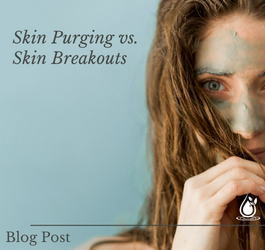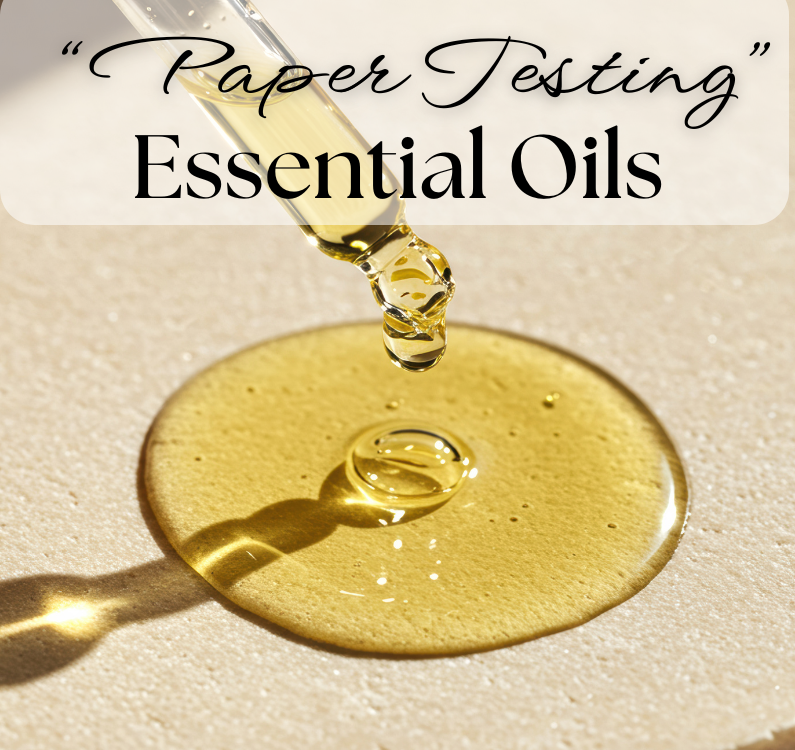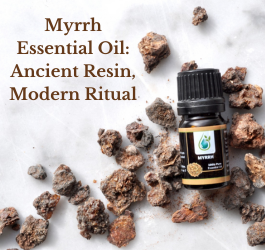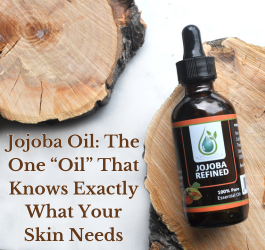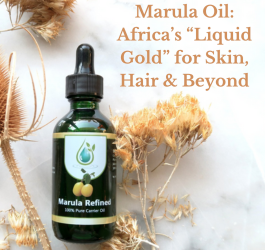Understanding Skin Purging vs. Breaking Out
Skin purging and breakouts are often confused, but they're fundamentally different. Knowing how to distinguish between the two is essential for effective skincare.
What is Skin Purging?
Skin purging is a reaction to an active ingredient in skincare that accelerates the rate of skin cell turnover. This means that skin cells travel faster from the deeper layers of the skin to the surface, where they eventually die and flake off. This process can bring underlying pimples to the surface more quickly, leading to what looks like a breakout. Purging is often triggered by ingredients such as retinol and alpha and beta hydroxy acids.
Signs of Skin Purging
- Timing: Purging typically starts a couple of weeks after beginning a new skincare regimen and can last a month or more. If breakouts persist beyond six weeks, it might be a different issue.
- Location: Purges usually occur in areas where you generally experience breakouts. New pimples in different locations could indicate a reaction other than purging.
- Ingredients: Purging is usually linked to specific active ingredients like retinol or exfoliating acids. If these aren't in your skincare, the issue might not be purging.
Managing Skin Purging
Unfortunately, there's not much you can do to stop purging, as it's a natural response to certain ingredients. However, you can minimize discomfort:
- Don't Quit Early: Stick with your skincare routine for at least 4-6 weeks to allow your skin to adjust and complete a full cycle.
- Take it Slow: If experiencing irritation, particularly from retinol, reduce usage frequency and consider buffering with a hydrating product like hyaluronic acid serum.
Recognizing Breakouts
Breakouts differ from purging in several ways. They are not typically associated with the skin's accelerated renewal process. Instead, they occur when pores become clogged due to factors like excessive oil, bacteria, or irritation.
When to Stop Using a Product
Certain signs indicate that a skincare product isn't suitable for your skin:
- Tingling or Burning: Some tingling might be normal, but continual burning sensations suggest a pH imbalance and potential irritation.
- Peeling: Indicates over-exfoliation or intolerance to the amount/frequency of product use.
- Redness: Immediate redness after application, except in the case of vitamin C serums, usually calls for discontinuing the product.
- Breakouts: Persistent breakouts, particularly in new areas, may be a reaction to the product.
- Excess Oil Production: An increase in oiliness can signal that the product is stripping the skin of essential moisture.
- Itchiness: This could be an allergic reaction, especially if accompanied by different types of inflammation or limited to the area of application.
Conclusion
Understanding the difference between skin purging and breaking out is crucial for managing your skin health effectively. If you're experiencing prolonged or severe reactions, it's always best to consult a dermatologist for personalized advice. Remember, everyone's skin is unique, and what works for one person might not be suitable for another.


